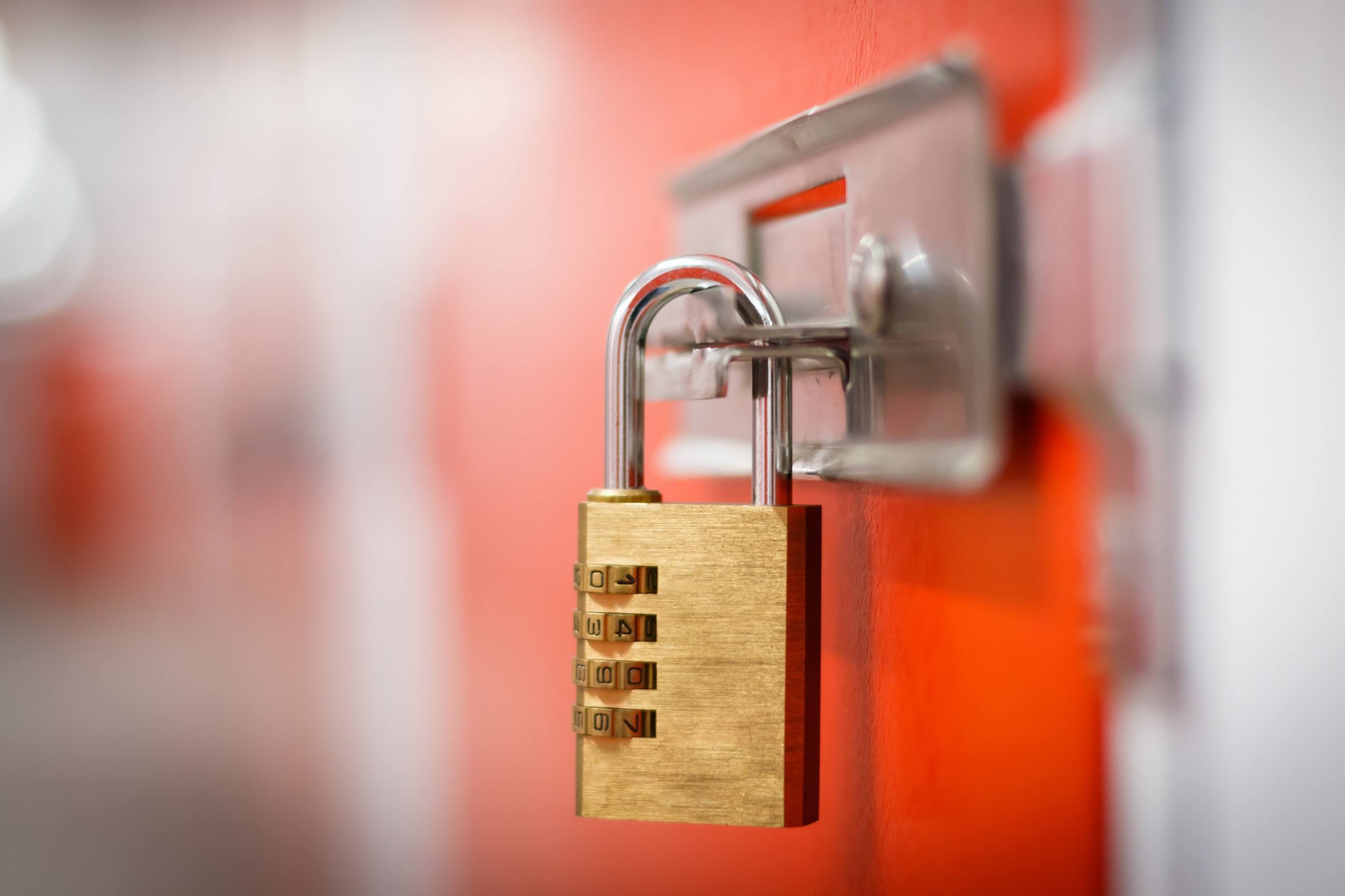Packing and packaging is something we get asked about quite a lot here at Blue Box. From what type of boxes people should use and which packaging material is best, right through to the kind of tape used to secure boxes and how to stack them properly. But just as important as the materials you use to pack your belongings for storage is how you pack them. Believe it or not, you should pack your items differently depending on whether you’re putting them in long or short term storage, and put them inside your unit in a different order. This will help you stay organised and keep your items safe, as well as save you time, money and damaged goods.
Short Term Storage
Short term storage can be anything from a few days to around three months. It’s designed to be a stop gap measure – something flexible that allows you a bit more space only when you need it. A lot of people will use short term storage for moving house, while they’re renovating or while they have relatives staying. You know, all of those awkward times where the extra space really comes in handy. For short-term storage:
- You don’t always need dust covers for bigger items like furniture. Because there isn’t much time for dirt to form and settle, there isn’t as much of a need for intensive protection. Most of the time you can drape an old bed sheet or cloth and get the same level of protection.
- Try to leave yourself an aisle in the middle of your storage unit. Because you’ll be moving and going in a short space of time, you’ll want to be able to get in and out quickly. Instead, arrange your boxes and items against the wall and stack them, using all the vertical space you can safely.
- Don’t forget your fragile items. While most things won’t need as much intense packaging and protection for short-term storage, anything fragile or valuable still needs to be taken care of properly. In fact, they actually need it more, since they will be moved more often and there is a higher risk of breakage. Make sure they are wrapped and protected well, and stored somewhere they won’t shift and be damaged.
Long Term Storage
Long-term storage does what it says on the tin – it gives you a place to keep items you want safely stowed away for a long period of time – usually anything over 3 months. When putting items into long-term storage, there are a few things to bear in mind:
- Avoid packing anything in plastic bags. While plastic might seem like a great way to protect against water damage, the opposite is actually true – they will trap moisture and speed up the growth of mould and mildew.
- Invest in sturdy boxes. While recycling boxes from other peoples house moves, your grocery trips or packages you’ve been delivered might be savvy, they just won’t stand up to the long-term strain of storage. They weren’t designed to. You want boxes with corrugated cardboard lining, that are all of similar sizes for simpler stacking. You could also opt for plastic stacking boxes, but again, make sure they are high quality.
- Treat fragile items well. Individually wrap fragile items in bubble wrap and/or newspaper and mark their boxes accordingly. These should always go somewhere safe and away from the rest of the stored items.
- Seal any clothes or fabrics. Vacuum sealed bags are fantastic for storing clothes, curtains and general soft furnishings, as this protects against damage and insects.
- If you’re storing appliances, make sure you’ve cleaned them thoroughly before you put them in. Wipe down the interior and exterior with something like baking soda or bleach to make sure you’ve killed all the bacteria – that way you don’t risk any mould growing while it’s stored and spreading to other items.
- Stack everything on pallets. Layer the floor of your unit with them if you can, and make sure everything is stacked on top of them. This elevates your items away from any potential damage and keeps air flowing through the unit, which is healthier for everything!
As a general rule for both long and short-term storage, it’s a good idea to clearly label everything, even if you’re only leaving them in there a week. If you can, we also recommend keeping an inventory list of what’s in your unit, either on a clipboard on the inside of the door, or on your mobile, so you can always find what you need.
At Blue Box Storage, we help people out with long and short-term storage every day. Our units can be rented from as little as two weeks, right up to long-term rolling contracts that renew for as long as you need them to. If you would like to find out more about our self-storage facilities, just get in touch with the team at Blue Box Storage today.
